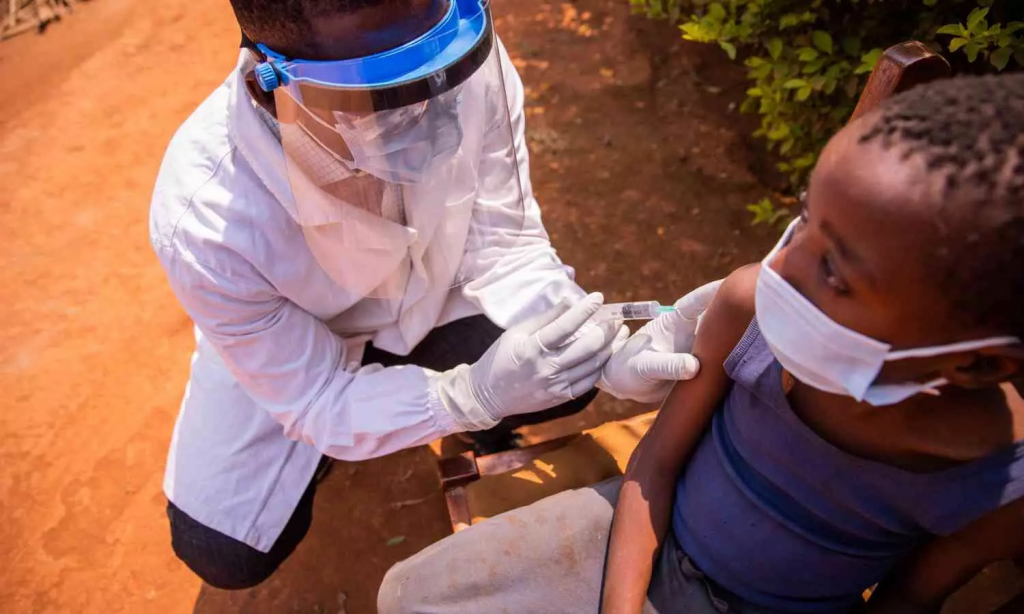Nairobi: Kenyan health officials have announced strong actions to reduce the threat of viral diseases, including Marburg, mpox, and Ebola, within the country.
Cabinet Secretary for Health Deborah Barasa highlighted that, despite the Marburg outbreak being primarily in Tanzania’s Kagera region, Kenya’s close geographical ties and frequent cross-border interactions present a considerable risk for imported cases.
Barasa stated that the Ministry of Health, in partnership with the World Health Organization (WHO) and other organizations, has strengthened surveillance and response initiatives for ongoing preparedness.
“We are prioritizing training for healthcare professionals on infection prevention and control, and we are supplying medical facilities with protective equipment to guarantee safety and readiness,” she noted at a weekly media briefing in Nairobi.
Key preparedness actions outlined by the ministry include activating the Marburg Contingency Plan, intensifying screening processes at entry points, establishing laboratory networks, and crafting case management guidelines to control the disease.
Barasa underlined the importance of regional collaboration, particularly with Tanzanian health officials and the international medical organization Médecins Sans Frontières, to bolster disease surveillance and provide technical support.
Meanwhile, Patrick Amoth, the director-general of health in the Ministry of Health, emphasized the need for vigilance and strict compliance with infection prevention measures to reduce the chances of Marburg transmission.
“By maintaining these protocols and fostering ongoing collaboration, Kenya aims to effectively mitigate the risk of the Marburg virus and protect public health,” Amoth remarked.
Regarding mpox, since announcing an outbreak on July 31, 2024, Kenya has reported 38 cases across 12 counties, including one death. Half of these cases involved individuals who had traveled to affected regions such as Uganda and Rwanda.
Amoth noted that robust screening efforts at entry points have led to over 3.2 million travelers being screened. However, he pointed out challenges like low public awareness of risks and insufficient isolation facilities, which hinder response efforts. To tackle these issues, the ministry plans to improve risk communication, enhance isolation facilities at the county level, and better engage communities.
Furthermore, the government is working to improve access to mpox vaccines through collaboration with the WHO and the Africa Centres for Disease Control and Prevention.
In light of the Ebola outbreak in Uganda, which has seen confirmed cases in the capital, Kampala, the ministry has raised its alert level due to the potential for cross-border transmission, according to Xinhua news agency.
Amoth stated that the ministry has stepped up preparedness actions, especially given the frequent movement of people between the two countries. Key measures include activating the Public Health Emergency Operations Centre and repurposing the mpox task force to oversee the Ebola response.
He also mentioned that screening protocols have been significantly bolstered at high-risk entry points like Busia, Malaba, Suam, and Jomo Kenyatta International Airport.
“Designated zones for travelers arriving from Uganda have been established to reduce exposure risks. Moreover, laboratory networks have been activated for rapid and accurate diagnosis of suspected cases,” Amoth added.
